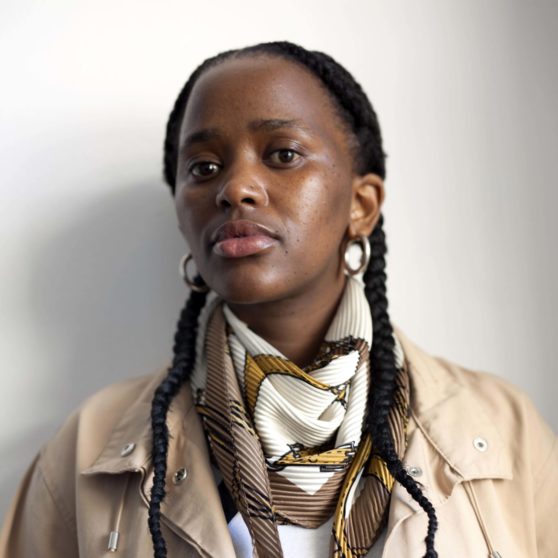MBALI DHLAMINI
ART & STORIES
*1990, Johannesburg
Residency period : October to Denccember 2021
in collaboration with Prohelvetia Johannesburg
Mbali Dhlamini (MA University of the Witwatersrand, 2015) is a multidisciplinary artist, artistic researcher and coordinator. Dhlamini performs visual, tactile and discursive investigations into current indigenous cultural practices. With a view towards decolonized practices in contemporary culture, her work is in constant conversation with her past and present visual landscapes. Working to maintain a state of unlearning and relearning, her process recognises language as a medium of understanding and as a repository of knowledge.
Umlindelo is a Zulu word for a practice that is conducted a night before a burial or a religious/ancestral ceremony. Ukulindela is to await, to take a pause and remain present in a moment by acknowledging the reason for the engagement. During Umlindelo a series of events are performed that are in line with the intention of the ceremony.
The project intends to use this practice to engage with the archive from the Swiss missionaries who were sent to South Africa to establish churches. I intend to stage a series of engagements and create a dialogue with the archive by hosting night vigils, Imilindelo. Using this practice submerge myself in the archive and invite the public to Lindela (observe) with me.
This archive is situated at The Ecumenical Centre in Geneva, Switzerland and serves as the base for Church organisations such as the world council of churches.
“I am drawn to this research by the titles used to describe and label most of the images. The images are generally titled African women/African men‘ with often only the Swiss missionaries named. The project intends to Lindela (dwell) on the titles and use artistic interpretations to rethink and rename the images. Through this process I ask; how do you bring back the image to the owner? How do you retract images recorded and shared publicly without the subject’s consent? What is the significance of these images that exist in colonial archives and museums, outside their country of origin? Can the images be erased? Or rather how do you reimagine the image and its place in history? These questions will unfold through the series of events performed during Umlindelo.”

Year : 2021

